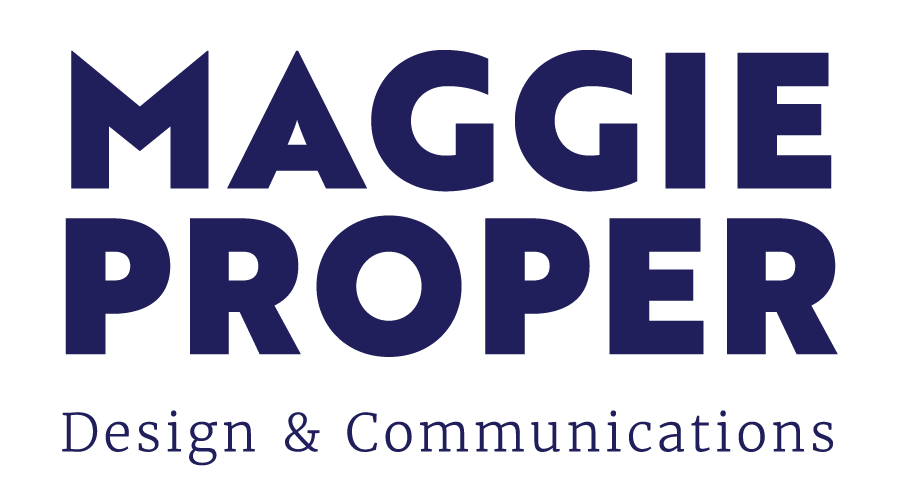Mapping the Return Experience: A Lesson in Everyday Design
At first glance, returning a shirt might not seem like the most thrilling journey to map. But that’s exactly what drew me to it. It’s such a familiar process, one nearly everyone has experienced, yet it quietly reveals a lot about how we interact with brands, navigate frustration, and form opinions about customer service. For my journey map project, I wanted to explore how something as ordinary as a return can expose the strengths and weaknesses of user experience design.
Defining the Persona
I began with Jordan, a 24-year-old graduate student who mirrors many modern consumers: busy, multitasking, and heavily reliant on convenience. Like many of us, Jordan prefers shopping online but doesn’t always have the time or patience to deal with the aftermath when something doesn’t fit. Framing the story around Jordan allowed me to humanize the process and understand the emotional flow behind a seemingly routine task. Rather than treating the return like a checklist, I focused on Jordan’s mindset; the uncertainty of figuring out return options, the mild frustration of unclear policies, and finally, the relief when the process worked smoothly.
Breaking Down the Phases
Each phase in the journey map, from realization to reflection, revealed touchpoints that could make or break Jordan’s experience. The early moments were filled with hesitation and small inconveniences, like unclear return policies and the burden of printing labels. Those are tiny details that most brands underestimate, but they can completely shift a customer’s perception of ease and trust.
While mapping Jordan’s experience, I divided the journey into five phases, each revealing how a customer’s interaction with a brand evolves and where friction or delight occurs.
1. Consideration (Realization):
The journey begins the moment Jordan realizes the shirt isn’t right. It’s a small disappointment but an important emotional cue. It sets the tone for the entire experience. Here, clarity in communication is key. If return policies are easy to find and simple to understand, customers start the process feeling supported instead of defeated.
2. Research:
This phase highlights the “mental work” customers do behind the scenes; reading FAQs, searching for store locations, or navigating chatbots. It’s where confusion can easily build. If the process feels unclear or inconsistent, frustration replaces trust. This showed me how information design plays a critical role in usability and brand perception.
3. Preparation:
Once Jordan understands how to return the shirt, the focus shifts to logistics; repackaging, printing labels, and checking store hours. While it seems straightforward, this phase can feel cumbersome if there are too many steps. Streamlining small details here, like using QR codes instead of printed labels, can create a smoother, more modern experience.
4. Action (In-Store Return):
This is the most visible part of the journey, where human interaction enters the picture. A friendly associate or a well-organized service desk can completely transform a customer’s impression. If the in-store process reflects the same tone and care as the online brand, it reinforces trust and loyalty.
5. Reflection (Post-Return):
The return doesn’t end when Jordan walks out of the store. The follow-up. refund confirmation emails or post-return surveys, can leave a lasting impression. A thoughtful message can turn a neutral experience into a positive one, reminding the customer that their time and satisfaction are valued.
Each phase builds on the previous one, demonstrating that even small, predictable moments can hold opportunities for meaningful design improvements.
Understanding Emotion as Data
The emotional side of this project ended up being the most revealing part. I learned that mapping emotions isn’t just a soft skill, it’s a crucial data point for understanding the user journey. Jordan’s emotions shifted constantly: from mild disappointment when the shirt didn’t fit, to frustration while decoding the return process, to eventual relief once the refund was complete.
What stood out to me was how quickly emotions could influence behavior. If the process felt confusing or time-consuming, Jordan’s motivation dropped. But when interactions felt clear and supportive, satisfaction rose sharply. This fluctuation taught me that emotions are signals and they show exactly where users lose or gain confidence in a system. Designing for positive emotion isn’t just about making people happy; it’s about reducing cognitive strain and building trust through consistency and clarity.
Design Takeaways
This exercise reminded me that good service design doesn’t always come from grand innovations, sometimes, it’s about empathy and clarity in everyday experiences. Adding clearer policy visuals, offering QR code options, or sending a helpful follow-up email might not seem revolutionary, but they collectively transform frustration into trust.
Through Jordan’s story, I realized that journey mapping is ultimately about seeing from the user’s point of view, understanding not just what they do, but how they feel while doing it. And if we can improve something as small as a shirt return, we can make bigger systems feel a little more human, too.
See more of my Journey Map





